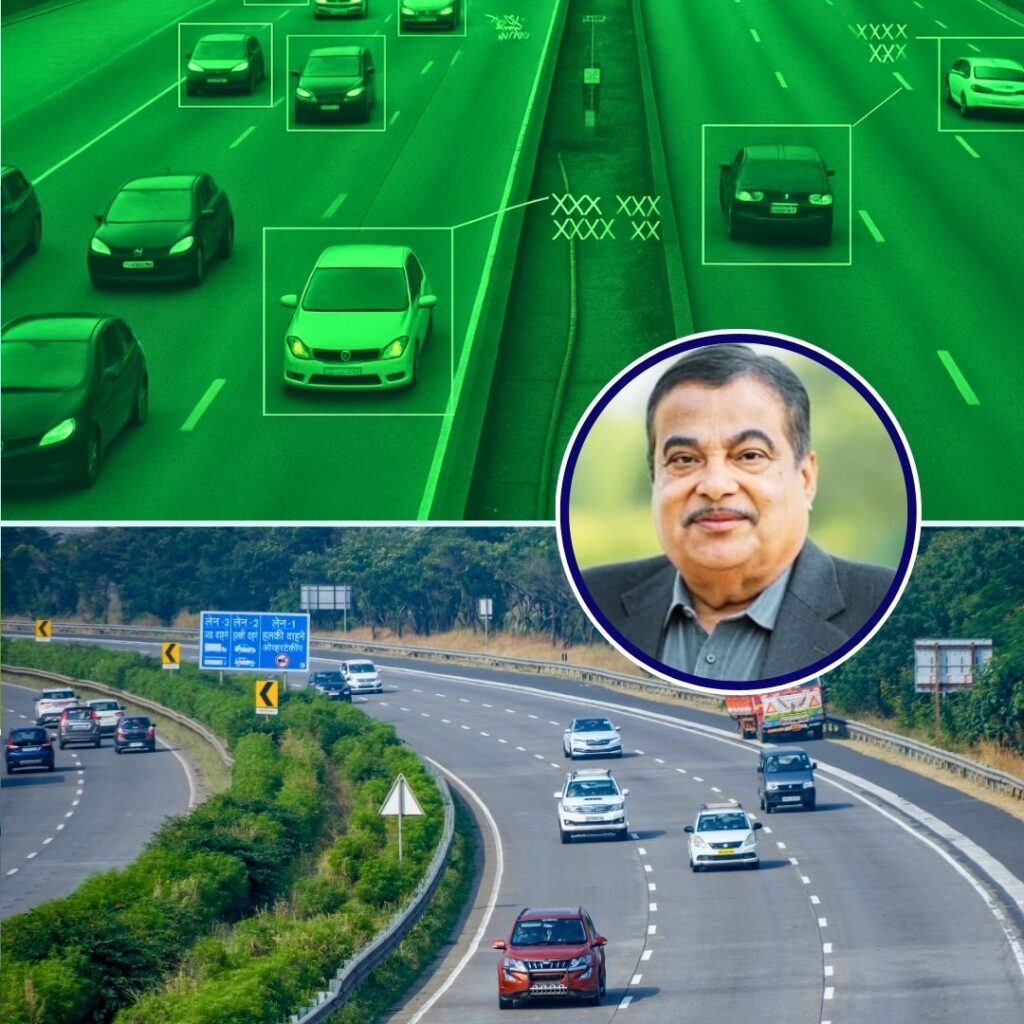The Uttarakhand constitutional crises that has been in the news for around the last two months had begun on March 18, when the Appropriation bill went to vote in the state legislative assembly. 35 of the MLAs voted against the bill, where 27 were from BJP and rest were “rebel Congress leaders”. On the same day, nine rebel Congress leaders along with BJP legislators met with the Uttarakhand Governor KK Paul and asked him to dissolve the assembly and call for fresh elections.
The next day Chief Minister Harish Rawat met the governor and told him that Congress along with six members of Progressive Democratic Front still enjoyed majority in the house.
Governor gave Mr Rawat time till March 28 to prove his majority. On this, the Congress leaders claimed that the BJP government is making systematic attempts to topple governments headed by Congress in different states. Harish Rawat was later accused of horse-trading by the opposition and the Centre. Horse-trading is the unofficial negotiations between two parties, wherein an agreement is reached after shrewd bargaining, subsequent compromises and often exchange of money. It is seen as an unethical and illegal political practice.
On May 22, the BJP met Indian President Pranab Mukherjee asking him to expedite the floor test from March 28 to March 22 and requested him to dismiss the government immediately. Congress MLAs, including Rawat, led by Leader of the Opposition in the Rajya Sabha Ghulam Nabi Azad, met the President with counterclaims.
The President rule was finally imposed on March 27 and the speaker of the assembly, Gobind Singh Kunjwal disqualified the nine rebel legislators under the anti-defection law. The nine members were put under judicial review.
On March 28, Harish Rawat moved to the Uttarakhand High Court questioning the President’s rule. The disqualified MLAs also filed a petition at HC challenging the Speaker’s action against them.
Meanwhile, the floor test was being continuously delayed, the HC ordered a verdict to lift the President’s rule on April 21, however, it was overruled by the Supreme Court the next day reinstating the President’s rule until April 27.
On April 23, Uttarakhand Assembly Speaker sought dismissal in High Court of the petition of the nine Congress MLAs against their disqualification. Later they told that they had not left the party but only wanted removal of the Chief Minister.
On May 6, the Supreme Court after a lot of delays ordered floor test in the Uttarakhand assembly on May 10 for the Chief Minister Harish Rawat to seek confidence.
Finally Harish Rawat won the floor test on May 10 after 33 votes from Congress and its allies were cast from him in legislative assembly. The Congress will again come to power in Uttarakhand assembly and the President’s rule will be lifted.
The Uttarakhand crises brought the limelight to chief minister Harish Rawat’s horse-trading. We also saw how the President’s rule was brought into action controversially, without much clarification. These instances are harmful for a democracy to perform full-fledgedly.











